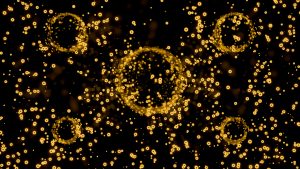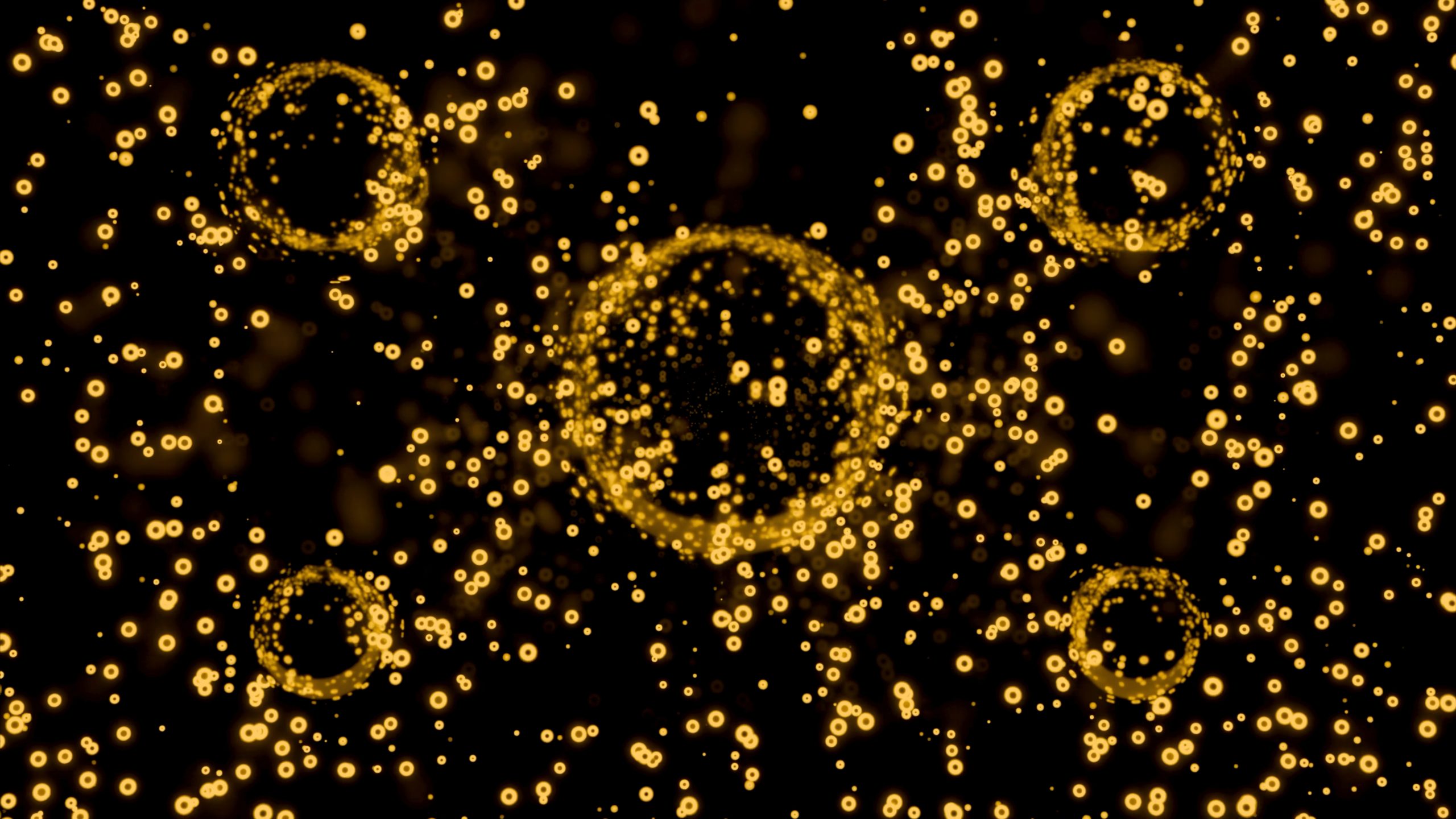Conventional IHC, CycIF, and t-CyCIF can all be performed using fluorescently labeled secondary antibodies, provided the right reagents are selected. During conventional IHC, the secondary antibodies are simply incubated with the sample after the primary antibody incubation and a wash step, where they provide an important means of signal amplification.

When Cyclical IF (CycIF) was first developed, two different methods for indirect detection were described1. One of these used a high pH hydrogen peroxide solution in the presence of light to inactivate the fluorophore labels, limiting the number of channels to the number of different species of primary antibody (because the primary antibodies remain bound to their targets). The other allowed for multiple rounds of indirect detection by using proteases (e.g., papain or pepsin) for antibody digestion. In both scenarios, immunostaining was performed as per any standard immunocytochemistry protocol.
The original t-CyCIF method is more limited than CycIF in terms of its use of secondary antibodies2. Notably, it allows for just one cycle of indirect immunofluorescence, with all subsequent staining cycles using fluorescently labeled primary antibodies. However, the use of pre-labeled Fab fragments to bind primary antibodies and generate immune complexes was also explored and demonstrated encouraging results.
Today, many researchers choose to develop their own versions of these methods, often using off-the-shelf reagents. If you decide to go down this route, here are our 5 top tips for selecting the right fluorescently-labeled secondary antibody:
Match the secondary antibody to the target species
The secondary antibody should target the class or subclass of the primary antibody being used. For example, if your primary antibody was raised in a rabbit, you will need an anti-rabbit secondary antibody for its detection.
Select a suitable fluorophore
Check that the spectral characteristics of the fluorophore are compatible with the lasers and detectors of your detection platform. To maximize the likelihood of detecting low abundance targets, select secondary antibodies labeled with bright fluorophores, such as R-phycoerythrin (RPE) or the Alexa-Fluor® dyes.
Consider a cross-adsorbed secondary antibody
Because antibodies from different host species often share similar structure and homology, a secondary antibody raised against the immunoglobulins of one species may also recognize those of another. To avoid non-specific signal, choose cross-adsorbed secondary antibodies that have minimal reactivity with species other than the intended target.
Check the purification method
Most secondary antibodies are affinity purified from the serum of the host animal using immobilized Protein A, Protein G, or the target antigen (e.g., mouse IgG2a). Secondary antibodies that are purified against the target antigen, such as AffiniPure™ antibodies, offer the advantages of high specificity, low background, and superior lot-to-lot consistency.
Think about labeling your primary antibody with a pre-labeled Fab fragment
Using pre-labeled Fab fragments, such as FabuLight™ Affinity-Purified Fc Specific Fab Fragments, lets you label primary antibodies prior to incubation with the sample, eliminating the need for a secondary antibody incubation step yet still providing signal amplification.
References
- Lin, J. R., Fallahi-Sichani, M., & Sorger, P. K. (2015). Highly multiplexed imaging of single cells using a high-throughput cyclic immunofluorescence method. Nature communications, 6, 8390. https://doi.org/10.1038/ncomms9390 https://pubmed.ncbi.nlm.nih.gov/26399630/
- Lin, J. R., Izar, B., Wang, S., Yapp, C., Mei, S., Shah, P. M., Santagata, S., & Sorger, P. K. (2018). Highly multiplexed immunofluorescence imaging of human tissues and tumors using t-CyCIF and conventional optical microscopes. eLife, 7, e31657. https://doi.org/10.7554/eLife.31657 https://pubmed.ncbi.nlm.nih.gov/29993362/

| Learn more: | Do more: |
|---|---|
| Indirect and direct Western blotting | Exhibition Schedule |
| Chemiluminescence western blotting | Western blotting guide |
| An Introduction to Expansion Microscopy | ELISA guide |



